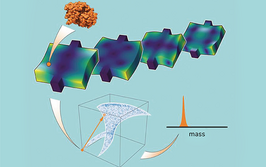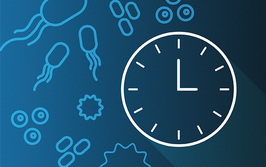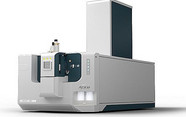Detection of Organochlorine Pesticides by GC-ECD Following U.S. EPA Method 8081

contributed by Thermo Fisher Scientific |
Goal
To accurately detect and quantitate organochlorinated pesticides in extracts from solid and liquid matrices using gas chromatography (GC) with an electron capture detector (ECD).
Introduction
Organochlorine insecticides are among the oldest and most toxic synthetic pesticides. First introduced in the 1940s, these chemicals were used extensively until most of them were banned in the 1970s and 1980s due to their health risks. Organochlorines are neurotoxic and some organochlorine compounds are suspected carcinogens.Organochlorines, such as DDT and lindane, also break down slowly once released. This persistence in the environment leads these organochlorines to be incorporated into ecosystems and food chains where they remain for years. For these reasons, the presence of these analytes in water, soils, and other solids must be strictly controlled and various analytical methods have been developed to extract and purify them from various matrixes. The presence of chlorine atoms in their structure makes organochlorines an excellent target for an electron capture detector (ECD)—a sensitive, cheaper, and easier-to-operate alternative to mass spectrometry. This application note describes a convenient method for analyzing and quantifying organochlorinated pesticides via GC and ECD.
Log in or register to read this article in full and gain access to The Analytical Scientist’s entire content archive. It’s FREE!

















